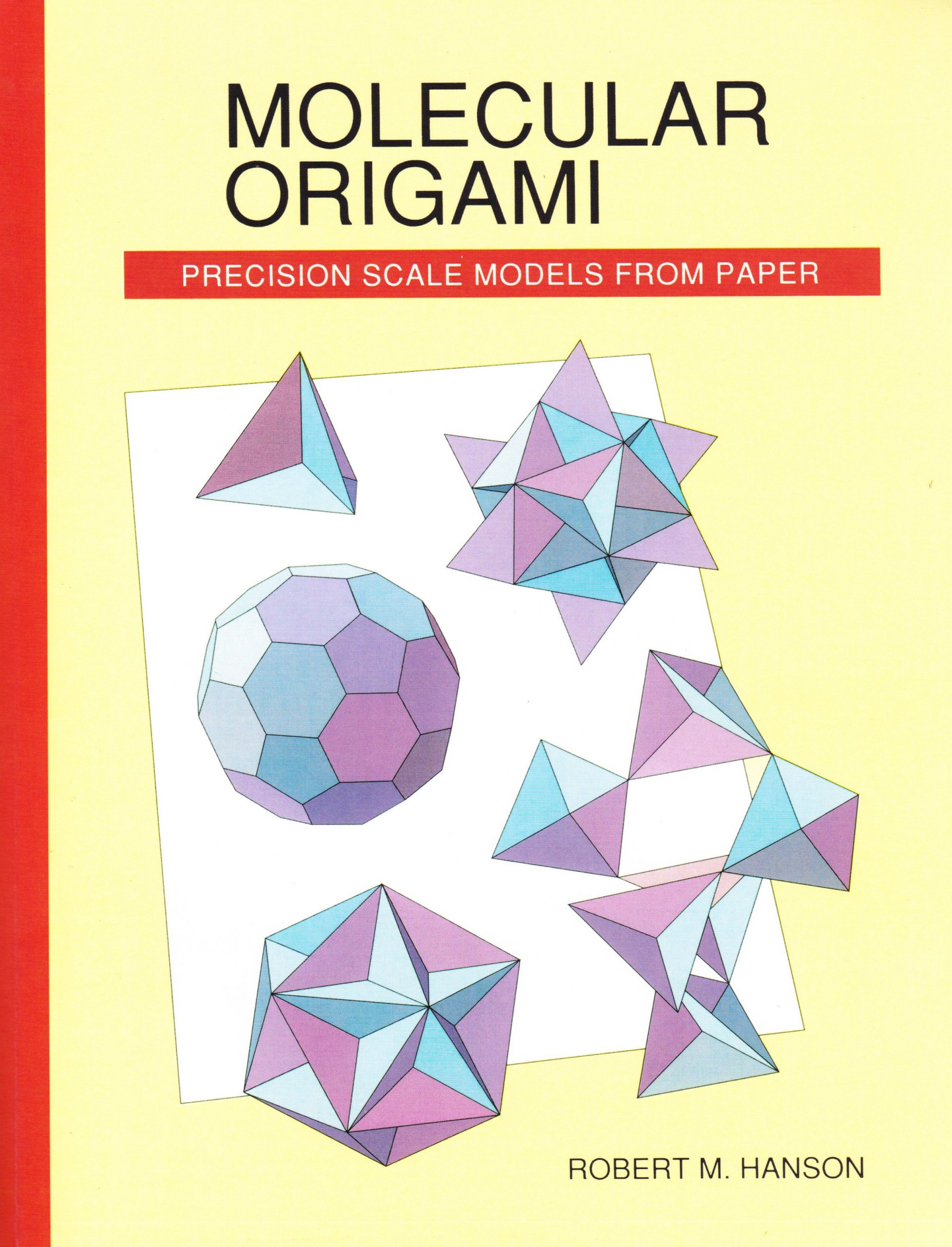
Molecular Origami: Precision Scale Models from Paper
This is a fun, hands-on guide to understanding the basic structure and chemistry of matter. Drawing on the Japanese art of paperfolding, the book provides rip-out patterns for 124 molecules, along with easy instructions for folding them into scale models, many of which are three-dimensional. The molecules progress from simple ones like methane to more exotic structures such as quartz and buckminsterfullerenes. Questions and discussions are included.
Summary
This is a fun, hands-on guide to understanding the basic structure and chemistry of matter. Drawing on the Japanese art of paperfolding, the book provides rip-out patterns for 124 molecules, along with easy instructions for folding them into scale models, many of which are three-dimensional. The molecules progress from simple ones like methane to more exotic structures such as quartz and buckminsterfullerenes. Questions and discussions are included.
Resources
Table of Contents
Introduction
Part 1: Basic Shapes, Basic Ideas
Part 2: Advanced Shapes
Part 3: Beyond Octahedra
Part 4: More Complex Molecules and Ions
Part 5: Network Solids
Part 6: One- and Two-Dimensional Shapes
Discussion of Questions in Part 1
Sources and Methods
Index
Reviews
“Useful in teaching chemical bonding concepts not only in high school and freshman chemistry classes, but also in undergraduate inorganic chemistry.”
-Science
“This unusual, useful, and enlightening volume is clearly a labor of love. It offers students and science teachers a unique, entertaining, hands-on approach to stereochemistry and makes an ideal gift for budding scientists.”
-Instructional Media
“Each pattern comes complete with chemistry questions to set students thinking…If you’ve never puzzled over the shape of a dodecaborane, you will now.”
-New Scientist
“Even the most uncoordinated klutz can assemble some of the simpler folded models, and — believe it or not — a few models (of linear and diatomic molecules) don’t require folding!…Molecules are beautiful. A lot can be learned by making and examing models of them. At least one student and teacher recommend Molecular Origami to other students and teachers.”
-Current Biology
“Students will come to really understand bonding and stereochemistry while they are having fun…a unique approach!”
-F. Thomas Bond, University of California at San Diego
“This book is a must for every high school chemistry classroom!”
-James Bryn, Sparks High School, Nevada

